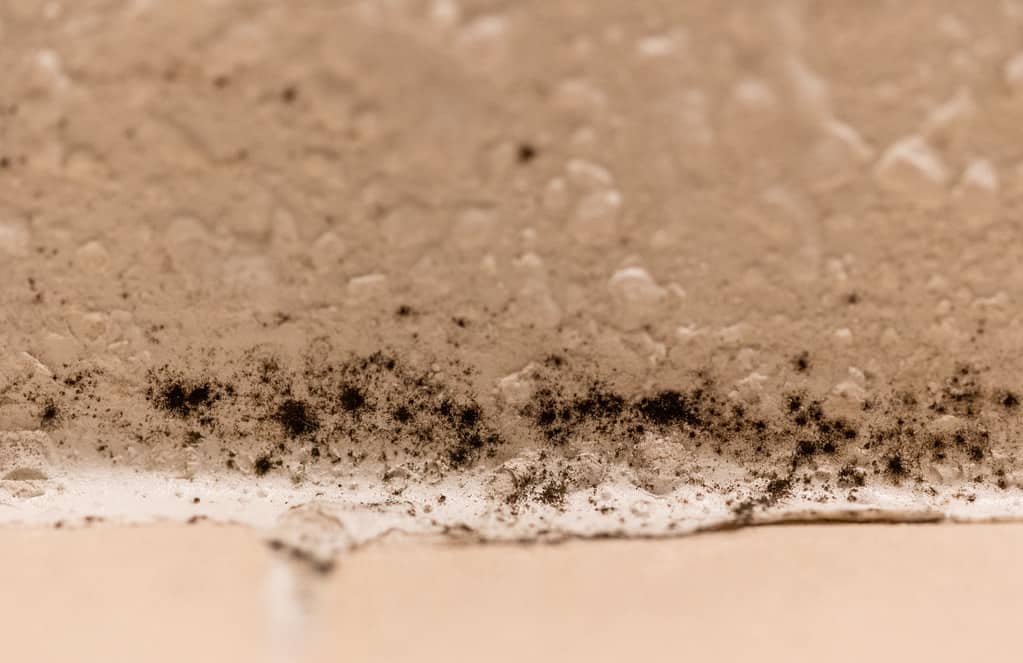The Science and Significance of Decomposing Body Odor
The odor of a decomposing body is unmistakable and often overwhelmingly unpleasant. This scent is a result of the biological processes of decomposition, which begin almost immediately after death. Understanding the factors that contribute to this distinctive odor not only provides insights into the decomposition process but also has important implications for fields such as forensic science and biohazard cleanup.
The Process of Decomposition
Decomposition is the process by which organic substances are broken down into simpler forms of matter. Human decomposition is a complex process that involves various stages, starting with autolysis, where the body begins to break down from the inside out due to the action of its own enzymes. This is followed by bloat, active decay, advanced decay, and finally, dry remains.
During these stages, particularly during active decay, microbial action accelerates, and the body begins to release a range of volatile organic compounds (VOCs). These compounds are the primary source of the potent smell associated with body decomposition.
Chemicals Contributing to the Odor
The smell of decomposition is largely due to the chemical compounds produced during the breakdown of body tissues. These include:
- Cadaverine and putrescine These foul-smelling compounds arise from the breakdown of amino acids and are among the first VOCs produced during decomposition.
- Skatole and indole: These chemicals are responsible for the fecal odor due to the decomposition of gut and associated tissues.
- Hydrogen sulfide: This gas gives a rotten-egg smell and is a by-product of the breakdown of proteins and other organic tissues.
- Methanethiol: A sulfur compound that adds to the pungent, distinctive smell.
These and other chemicals create a complex scent signature that can vary based on factors such as the environment, the cause of death, and the presence of clothing or wrappings.
The Role of Decomposition Odor in Forensic Science
In forensic science, the smell of decomposition can serve as an important indicator of the time elapsed since death, which helps in determining the post-mortem interval (PMI). Specially trained cadaver dogs can detect the scent of decomposition, aiding in the location of human remains for criminal investigations and disaster response.
Biohazard Cleanup and Odor Removal
The presence of a decomposing body can pose serious biohazard risks, necessitating professional cleanup services. Biohazard cleanup technicians are trained to deal with the strong odors and potential health hazards associated with decomposition. They use industrial-grade chemicals and specialized equipment to thoroughly clean and disinfect the area, as well as techniques to neutralize and remove the pervasive odor.
Health Implications of Exposure to Decomposition Odors
Prolonged exposure to the odors of decomposition can have health implications, including nausea, vomiting, and psychological effects due to the distressing nature of the smell. In cases of extreme decomposition, there is also a risk of airborne pathogens or toxins, which can cause respiratory problems and other health issues.
Conclusion
The odor of a decomposing body is a natural consequence of the death process, and while it may be distressing, it plays a significant role in ecological cycles, forensic science, and mortuary practices. Understanding the origins and implications of this odor allows for better management in situations where decomposition occurs, ensuring respect for the deceased and safety for the living.
For anyone dealing with the aftermath of a decomposing body, whether in a professional capacity or during a tragic personal experience, knowledge about the process and access to professional biohazard cleanup services is critical to handle the situation safely and with dignity.





 Mold developing in a shower
Mold developing in a shower 


